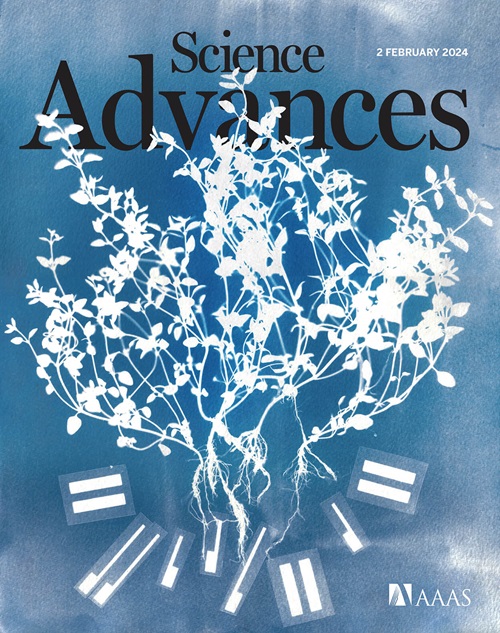WWC1 mutation drives dopamine dysregulation and synaptic imbalance in Tourette’s syndrome
IF 11.7
1区 综合性期刊
Q1 MULTIDISCIPLINARY SCIENCES
引用次数: 0
Abstract
Tourette’s syndrome (TS) is a major neurodevelopmental disorder characterized by childhood-onset motor and vocal tics. A W88C mutation in WWC1 gene is a notable risk factor for TS, but the underlying molecular mechanisms remain unclear due to the lack of suitable animal models. Here, we generate a mutant mouse line with human W88C mutation (W88CMut mice), which exhibits behavioral deficits similar to those observed in patients with TS, including repetitive motor behaviors and sensorimotor gating abnormalities. The W88C mutation leads to the degradation of kidney and brain (KIBRA) protein via a proteasomal pathway, evokes dopamine release in the dorsal striatum, and disrupts synaptic function through the dysregulation of Hippo pathway. Neuron-specific overexpression of wild-type WWC1 rescues synaptic and behavioral phenotypes in W88CMut mice. Together, this study not only provides a valuable mouse model for studying TS but also offers fresh insights into the molecular and synaptic mechanisms underlying neurodevelopmental abnormalities in TS.

求助全文
约1分钟内获得全文
求助全文
来源期刊

Science Advances
综合性期刊-综合性期刊
CiteScore
21.40
自引率
1.50%
发文量
1937
审稿时长
29 weeks
期刊介绍:
Science Advances, an open-access journal by AAAS, publishes impactful research in diverse scientific areas. It aims for fair, fast, and expert peer review, providing freely accessible research to readers. Led by distinguished scientists, the journal supports AAAS's mission by extending Science magazine's capacity to identify and promote significant advances. Evolving digital publishing technologies play a crucial role in advancing AAAS's global mission for science communication and benefitting humankind.
 求助内容:
求助内容: 应助结果提醒方式:
应助结果提醒方式:


